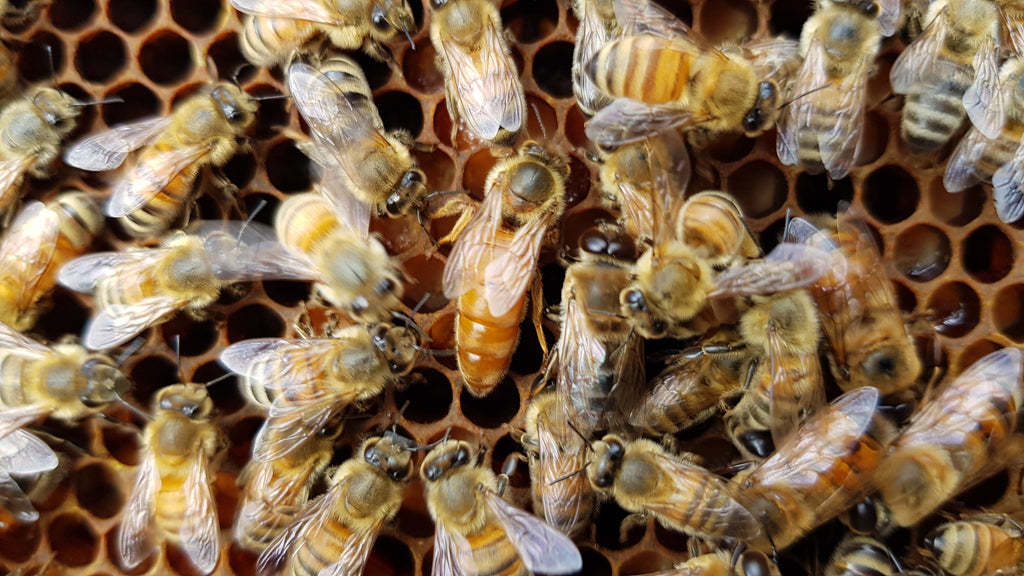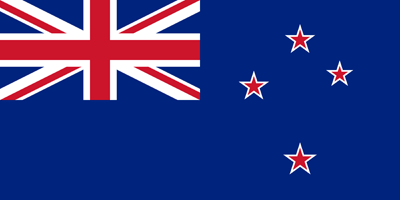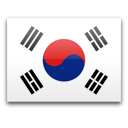Our Quality
Premium bee products are from premium beehives
Rojel complies with New Zealand beekeeping regulations and regularly manages bee diseases to produce bee products from healthy bees. Every beekeeper in Rojel is a registered beekeeper in New Zealand Hivehub and holds the required beekeeper disease management certification.
All Rojel products are sold to the New Zealand domestic market as well as exported to overseas markets in compliance with the New Zealand government's RMP.


Breeder Queen management
Healthy bees make premium bee products.
New Zealand is a globally known clean dairy country. This is the result of 120 years of consistent improvement in healthy breeder cows.Rojel is well aware that the essence of the beekeeping business is an animal husbandry science.
The key to securing a high quality of bee products is management of the breeder queen. Rojel provides excellent products and services by establishing a differentiated breeder queen system.

Fresh royal jelly 10-HDA test result
In the 10-HDA, the main active ingredient in the fresh royal jelly level test, Rojel recorded over the range of 3.1%.
These 10-HDA levels of fresh royal jelly are unsurpassed records worldwide.
According to the Korean FDA, 10-HDA must be 1.6% or higher, and in most countries except New Zealand, the level of 10-HDA in fresh royal jelly is in the range of 1.6% to the lower half of 2% level.

Differentiation in the quality of New Zealand's bee products
New Zealand MPI strictly regulates all bee products(honey, royal jelly, pollen, propolis, bee venom, and wax) to maintain the highest quality. MPI controls and supervises the entire process of production, processing and distribution, including not only the beekeeping stage, but also harvesting, blending, filtering, bottling, labelling, storage, transportation, export, and sales.
1. New Zealand government's RMP system
The New Zealand government manages the quality of animal products manufacturing through RMP.
RMP procedures must be observed in order to export all bee products. The entire process of building/facility management, sanitation management, production process management, HACCP registration and operation, worker hygiene and training, package and labelling, inventory management, transportation management, and recall management are periodically visited and audited by government agencies.
Source: https://www.mpi.govt.nz/dmsdocument/183/direct
Risk Management Programme Manual for Animal Product Processing 3 March 2020
2. Bee products tracking and recall system
All New Zealand bee products are traceable throughout production-distribution-export. If a quality problem is found in a bee product, the supply chain and production apiary of the product are traced to identify the problem and take the corresponding recall. With this system, New Zealand bee products can be of the highest quality.
Source 1: https://www.mpi.govt.nz/dmsdocument/183/direct
Risk Management Programme Manual for Animal Product Processing 3 March 2020, Page 17- 4.3 Operator, business and RMP identification
Source 2: https://www.mpi.govt.nz/dmsdocument/26557/direct
Operational code processing of bee products 15 December 2017, Page 70 - 6.4 Inventory control and traceability
3. Prohibit use of antibiotics
New Zealand beekeepers are unable to use antibiotics to manage bee diseases. It is strictly prohibited by law.
Source: https://www.mpi.govt.nz/dmsdocument/1021/direct
HARVEST DECLARATION FOR BEE PRODUCTS INTENDED FOR EXPORT
4. Beekeeper registration and beehive report system
MPI requires all beekeepers to register for the management of beehives, and also requires them to report their beehives.
Beekeepers are required to submit the number of beehives, location, including longitude and latitude, and annual disease report. In addition, in the event of AFB, the incineration of beehives is mandatory.
Source: https://afb.org.nz/
5. Strict regulations for honey harvesting
Outdoor harvesting is prohibited in New Zealand. Only harvesting in trailers or independent buildings approved for RMP procedures by the MPI is permitted.
Source: https://www.mpi.govt.nz/dmsdocument/26557/direct
Operational code processing of bee products 15 December 2017, Page 31 - Part 3: Design, construction and maintenance of buildings, facilities and equipment
6. New Zealand honey of the highest quality
New Zealand beekeepers do not extract honey from any frames having eggs, larvae or pupae.
It is only harvested in matured honey frames capped with wax.
Beekeepers in New Zealand are permitted to extract honey with a moisture content of 21% or less only, according to the regulations of the MPI. Honey extracted from a wax-capped honey frame typically has a moisture content of 16%. The lower the moisture content in honey, the higher the viscosity, so it does not flow well and is of good quality.
Source: https://www.mpi.govt.nz/dmsdocument/26557/direct
Operational code processing of bee products 15 December 2017 Page 97 - Guidance Table 7: Intended use and consumer of products and product requirements, Page 80 - 6.9 Processing of honey, Page 105 - Guidance Table 9: Hazard analysis and CCP determination for the extraction of honey
7. New Zealand manuka honey
New Zealand Manuka Honey is indicated by testing for the presence of DNA of manuka pollen and essential ingredients including MG. The quality of manuka honey is guaranteed as the test is conducted by a lab agency accredited by the New Zealand government.
Source 1: https://www.mpi.govt.nz/dmsdocument/26500/direct
General Export Requirements for Bee Products 3 August 2020, Page 20 - Part 5: Labelling of monofloral and multifloral mānuka honey
Source 2: https://www.mpi.govt.nz/dmsdocument/17374-manuka-honey-science-definition-infographic
8. Honey without sugar
New Zealand has abundant nectar-flowing fields throughout the country, and clover blooms in large grasslands, so beekeepers don't need to feed the bees with sugar during the honey-flowing season. By law, only pure honey made by honeybees is to be sold.
Source: https://www.mpi.govt.nz/dmsdocument/27735/direct
Guidance to the Animal Products Notice: General Export Requirements for Bee Products 23 February 2021, Page 9 - 6.1.1 Restriction on feeding of bees [clause 3.1(1)(a)]
9. Strict food safety management
New Zealand has strict food safety management. Any tools that come into contact with food ingredients in the food production process must be food-safe. In other words, tools with heavy metals or harmful chemicals cannot be used. When inspectors from the government have any doubts about the material of the tool used in the production process, they request the manufacturer for a hazard test report for the tool material. For beekeeping, this includes honey bottles and lids, hoses and pipes used to hold honey.
Source: https://www.mpi.govt.nz/dmsdocument/183/direct
Risk Management Programme Manual for Animal Product Processing 3 March 2020, Page 38 - 4.10.2 Hazard identification and analysis
The above is just a part of the New Zealand government's standard of quality for bee products.
Rojel produces and sells bee products only at RMP facilities approved by the New Zealand government.


